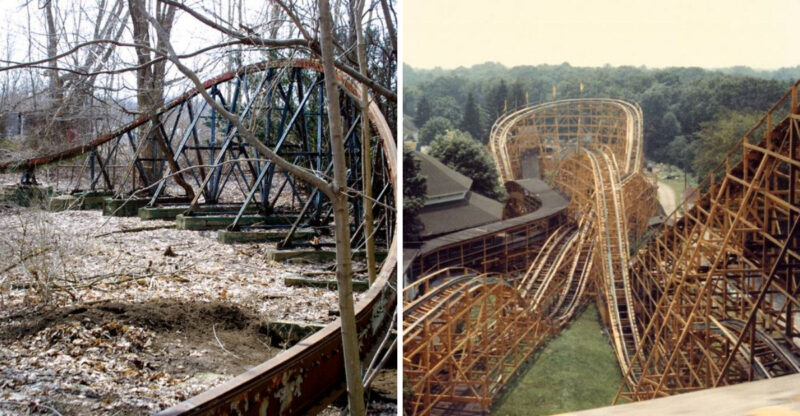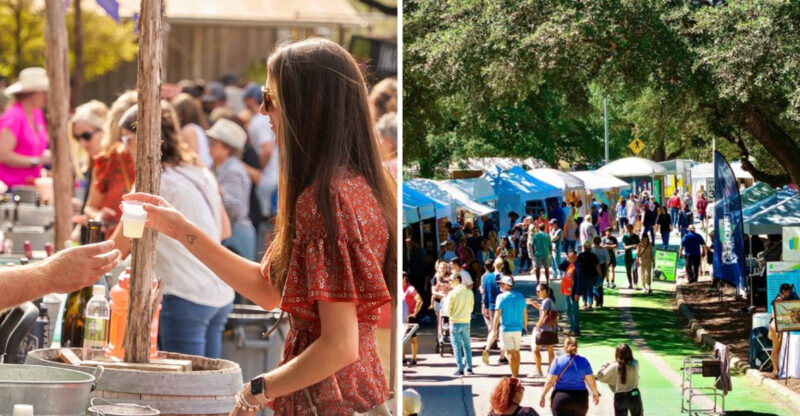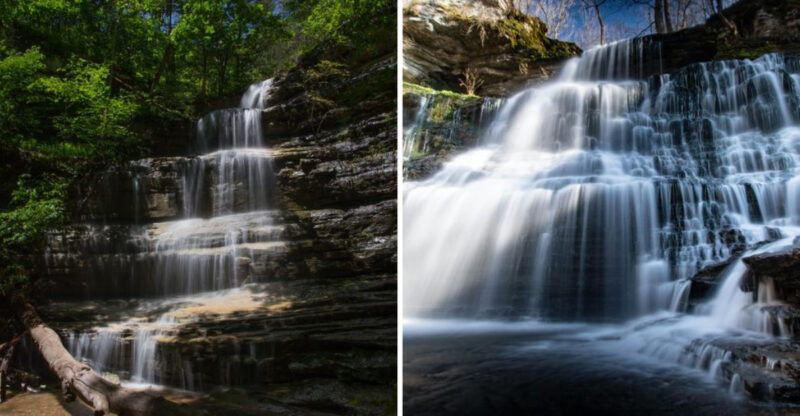The Deserted California Town Where History Still Lives
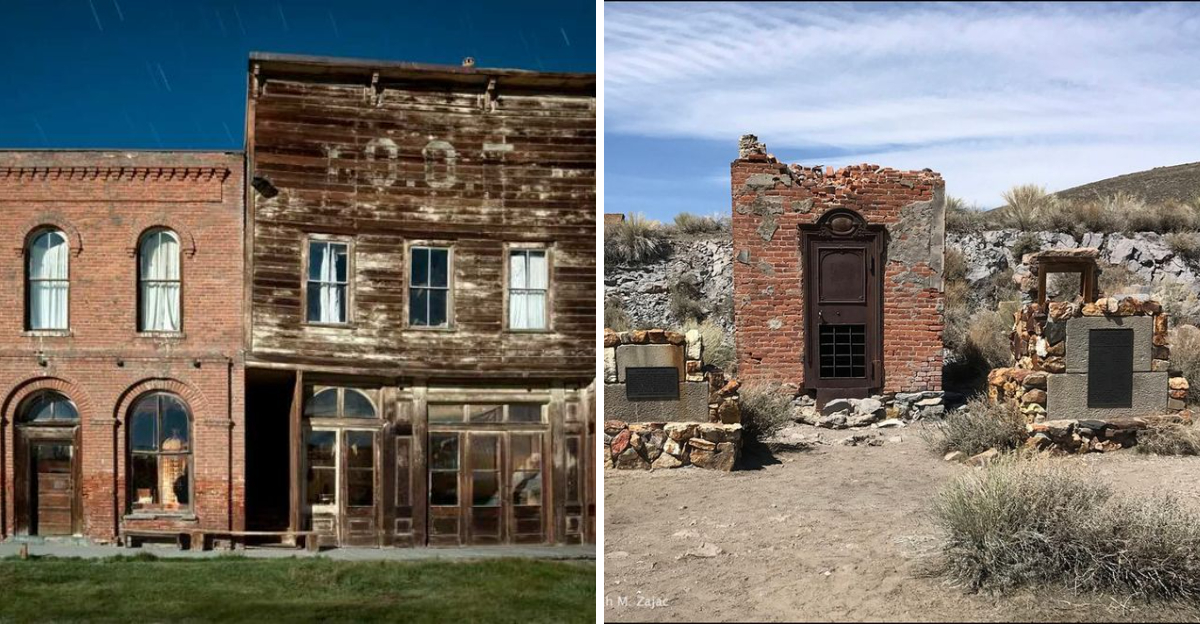
Picture this: wooden buildings standing exactly as they were over a century ago, dust settling on tables where miners once ate their meals.
Bodie isn’t your typical tourist trap with gift shops and fancy restaurants. This place is the real deal, a genuine gold rush town preserved in what experts call “arrested decay.”
You’ll walk the same dusty streets that fortune-seekers once roamed, peek through windows at furniture left behind, and feel like you’ve stepped into a time machine!
1. Bodie Cemetery
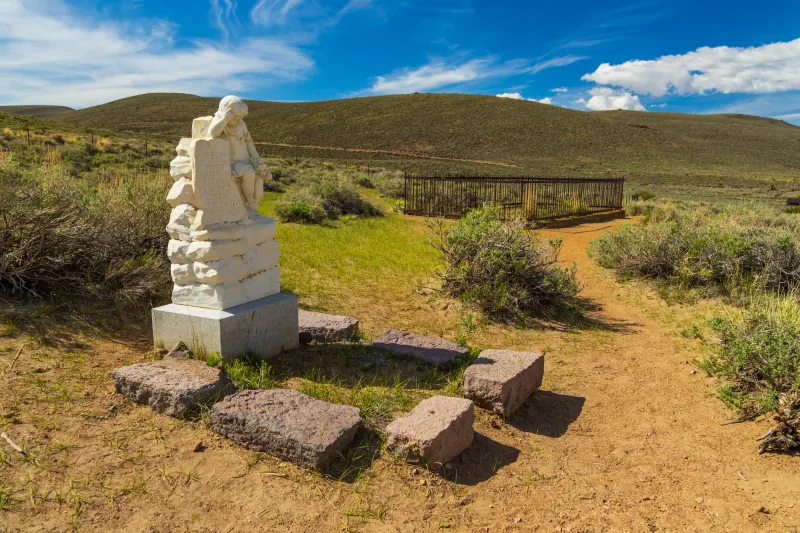
Out on the windswept hillside sits a graveyard that tells stories sadder than any history book. Weathered wooden markers lean at odd angles, some barely readable after decades of harsh mountain weather. Many folks buried here never made it past their thirties.
Walking among these graves gives you chills, not from fear but from imagining the hard lives these miners lived. Some died in mining accidents, others from disease, and a few from the wild shootouts that made Bodie famous.
I find it fascinating how the cemetery survived when so much else disappeared.
2. Gold And Silver Mines

Did you know Bodie produced over $35 million in gold and silver during its heyday? That’s like billions in today’s money! Massive mine shafts plunged deep into the earth, some reaching nearly 1,000 feet down. Miners worked in dangerous conditions with just candles for light.
Today you can see the old mining equipment still scattered around the hillsides. Rusted metal wheels, broken carts, and crumbling structures remind visitors why people flocked here.
It’s crazy thinking about men risking everything for shiny rocks underground!
3. Main Street Saloons
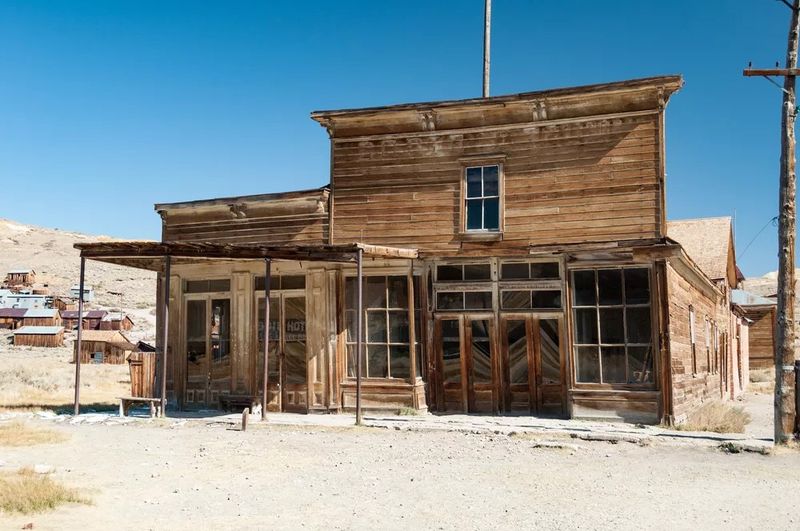
Along Main Street stood dozens of establishments serving beverages and meals to tired miners after long shifts underground. These weren’t fancy places with crystal chandeliers. Rough wooden floors, simple bars, and basic furniture filled these rowdy gathering spots where fortunes changed hands nightly.
Peeking through windows today, you’ll spot dusty bottles still sitting on shelves and chairs positioned like customers just left. Some buildings have original signs painted right on the walls.
I love imagining the characters who once filled these rooms with laughter and arguments!
4. Boarding Houses
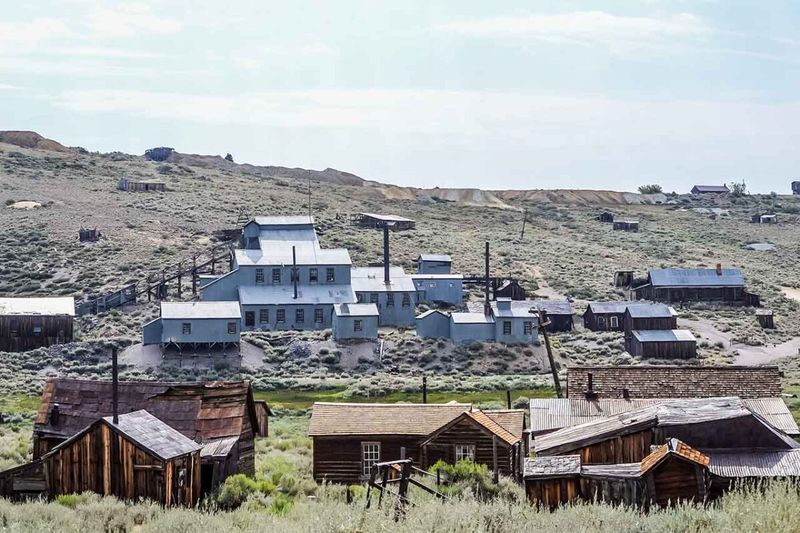
Where did thousands of miners sleep after exhausting days underground? Boarding houses provided simple beds and basic meals for reasonable prices. These multi-story wooden structures packed men into small rooms, sometimes two or three sharing cramped quarters.
Looking at these buildings now, you notice how plain everything was. No decorations, no comfort, just practical spaces for sleeping between shifts. Landlords made serious money renting out every available space.
It’s wild thinking about snoring miners stacked in rooms like sardines, dreaming about striking it rich tomorrow!
5. Schoolhouse

Even in this rough mining town, families wanted education for their children. A simple one-room schoolhouse served kids of all ages, from tiny first-graders to teenagers. One teacher handled everyone, teaching reading, writing, and arithmetic on a single chalkboard.
Step inside today and you’ll see desks still arranged in rows, books on shelves, and lessons written on boards. I find it touching how parents prioritized learning despite the harsh conditions.
Small details like pencils and slates make you realize real kids once fidgeted in these exact seats!
6. General Store

If you needed anything in Bodie, the general store was your one-stop shop. Canned foods, mining tools, fabric, medicine, and household items packed the shelves floor to ceiling. Prices were sky-high because everything had to be hauled up the mountain by wagon.
Today’s visitors press their noses against windows to spot authentic products still sitting there. Original labels, packaging, and even price tags remain visible after all these years.
It’s like browsing a museum where you can actually see what daily life required back then!
7. Church

Among all the rough establishments stood a humble church offering spiritual comfort to weary souls. Simple wooden pews, a basic pulpit, and plain windows created a peaceful sanctuary from the chaos outside. Not everyone attended, but those who did found community and hope.
This building represents the civilizing force families brought to wild mining camps. Services provided structure to weeks otherwise dominated by hard labor and uncertainty.
I appreciate how the church still stands tall, reminding us that people sought meaning beyond just striking gold!
8. Bank Building
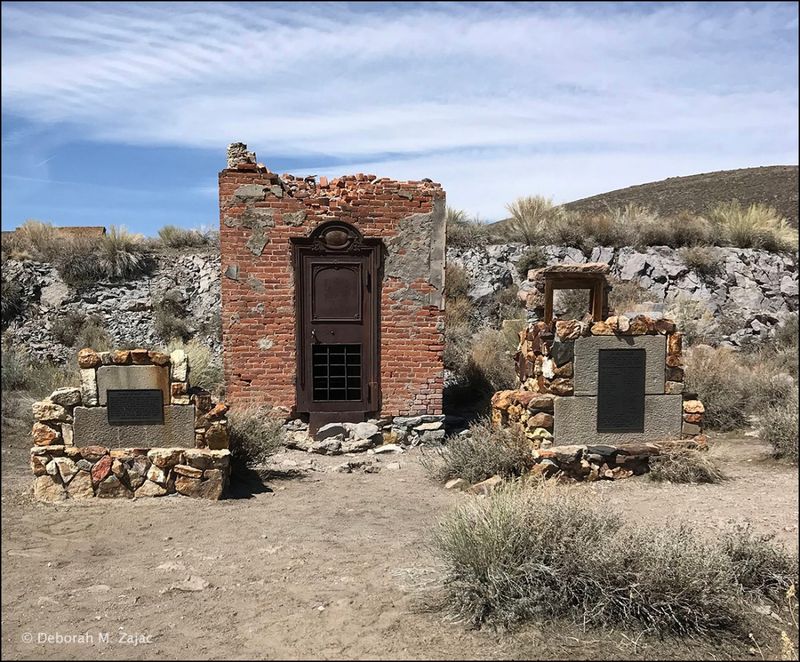
When miners finally struck gold, they needed somewhere secure to store their newfound wealth. The bank building, constructed with sturdy brick, unlike most wooden structures, projected strength and permanence. Thick walls, barred windows, and heavy doors protected precious deposits from thieves.
Looking at it now, you can imagine nervous miners lining up to deposit their gold dust and nuggets. Bank robberies were real threats in those days!
The building’s solid construction explains why it survived better than its flimsier neighbors. Money talks, even in ghost towns!
9. Residential Homes With Original Furnishings
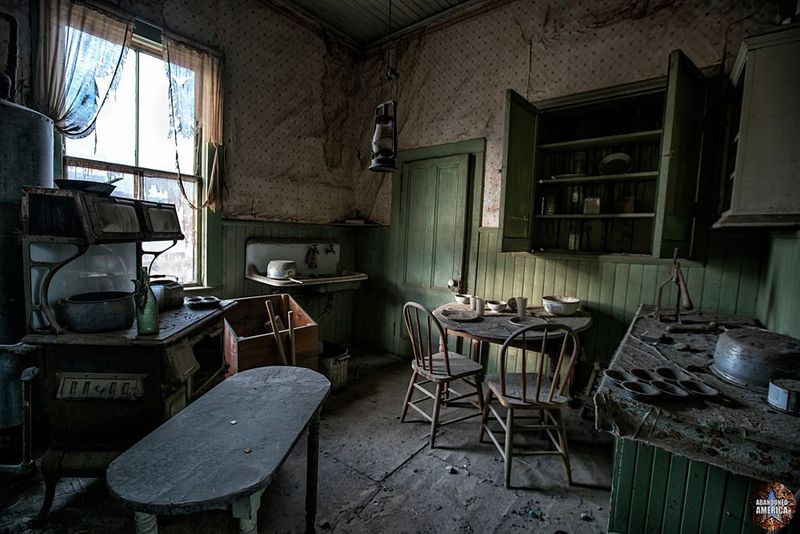
Here’s what makes Bodie truly special: homes still contain furniture, dishes, clothes, and personal items exactly where residents left them. Kitchen tables set with plates, beds made with old quilts, and photos on walls create eerie time capsules.
Peering through dusty windows feels almost intrusive, like spying on neighbors who just stepped out. You’ll spot toys children played with, books families read, and tools workers used daily.
I get goosebumps seeing how suddenly people abandoned everything when the mines finally closed for good!
10. Ghost Signs And Advertisements On Building Walls

Before billboards and neon lights, businesses painted advertisements directly onto building walls. Faded letters still spell out long-forgotten company names, product claims, and services offered. These “ghost signs” survived because Bodie’s dry climate preserved the paint surprisingly well.
Hunting for these signs adds treasure-hunt excitement to your visit. Some advertise mining supplies, others promote services you’ve never heard of.
I love how these painted messages connect us to merchants who hoped their ads would last. They succeeded beyond imagination, just not how they expected!

